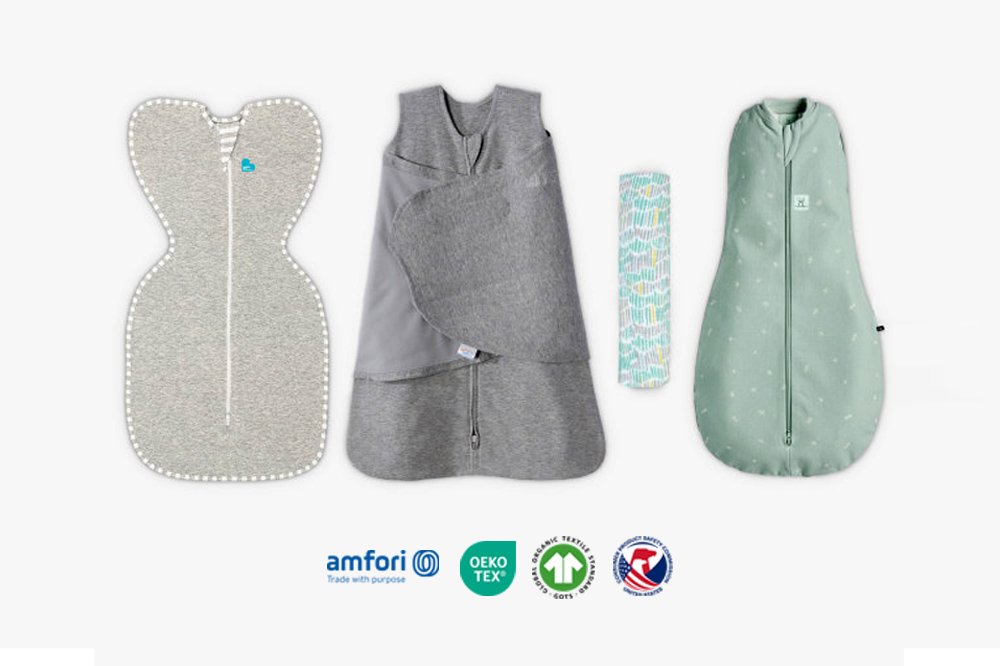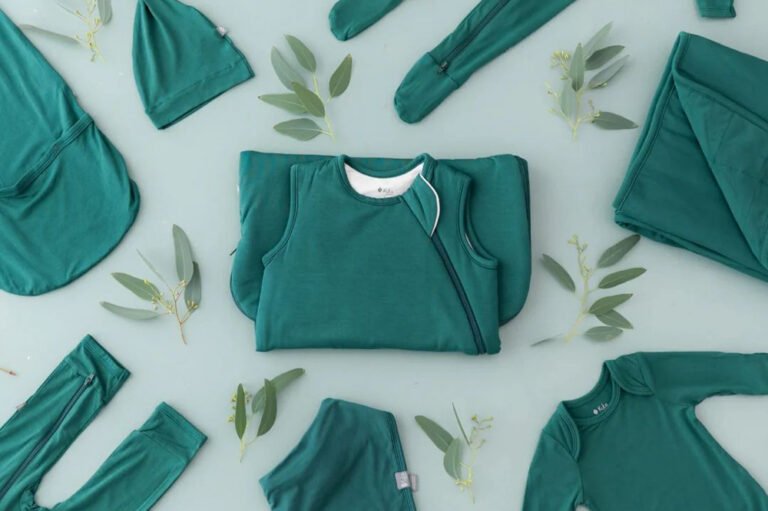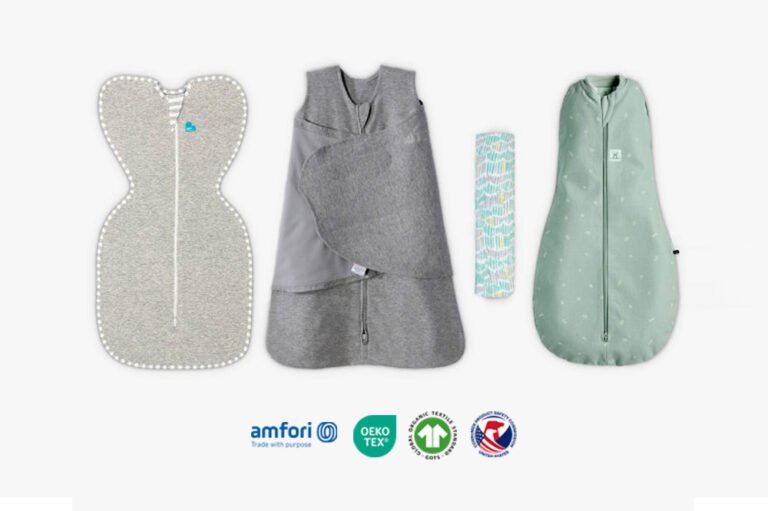
When it comes to baby sleep, choosing the right sleepwear is essential for your little one's comfort and safety. Two popular options are swaddles and sleeping bags. Both offer benefits, but which one is better for your baby? Let’s explore the key differences.
Swaddles and sleeping bags each have their unique benefits. Swaddles help newborns feel secure by mimicking the feeling of being in the womb, while sleeping bags keep babies warm and safe without loose blankets. The right choice depends on your baby’s age, sleep habits, and safety needs.
Let’s dive into the details to understand which option works best for your baby.
Should I use a swaddle or sleeping bag?
Choosing between a swaddle or a sleeping bag can be tricky, especially for first-time parents. Let’s break it down.
Swaddles are ideal for newborns as they mimic the comfort of the womb, while sleeping bags are great for older babies, offering warmth and comfort without the risk of loose bedding. Both help promote safe sleep, but the choice depends on your baby’s age and sleeping preferences.
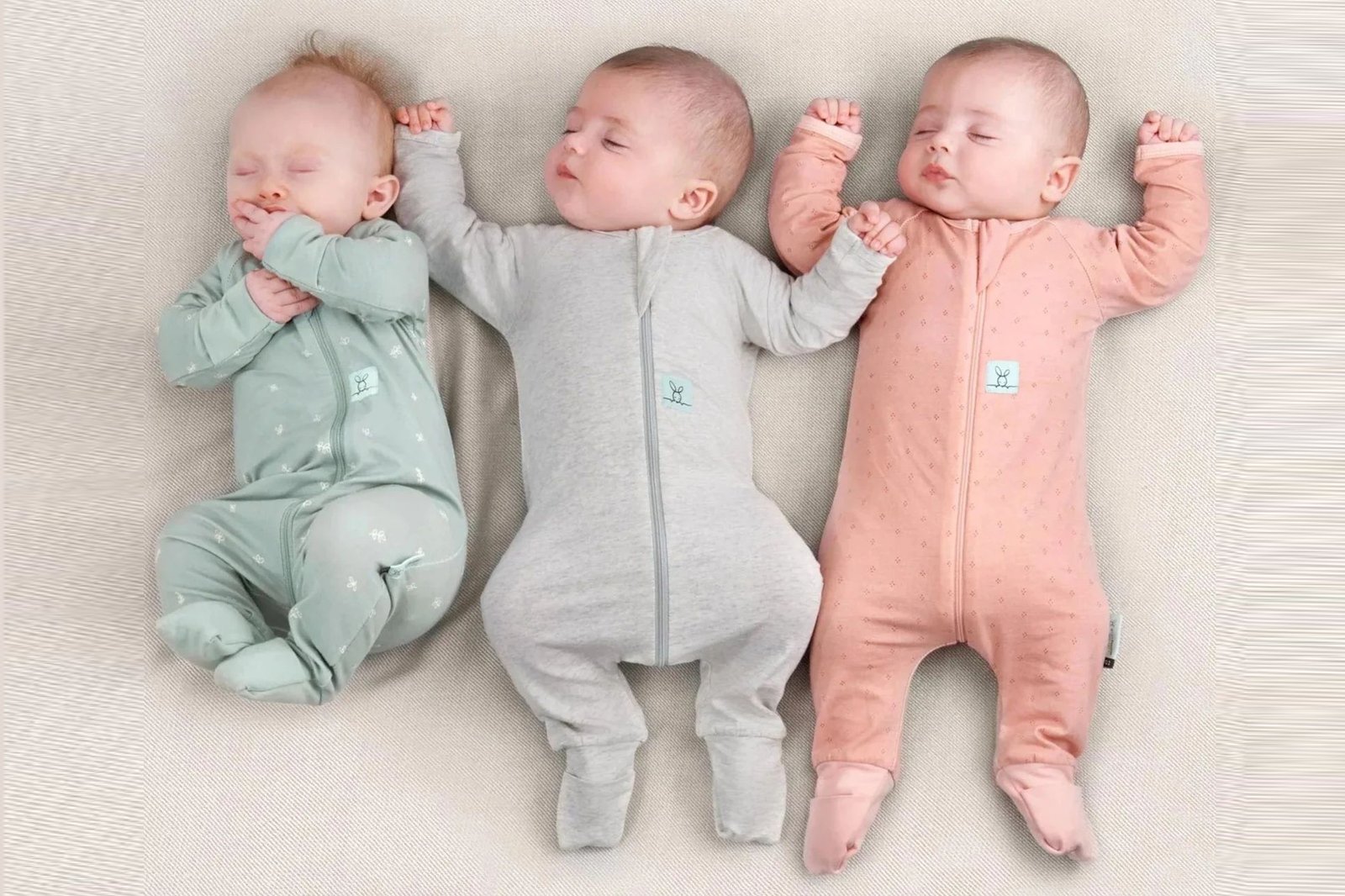
When it comes to choosing between a swaddle and a sleeping bag, the main consideration is your baby’s age and sleep habits. For newborns, swaddling is often recommended because it provides a sense of security, reducing the startle reflex that can wake them up. A good swaddle should cover the arms, snugly wrap the body, and leave enough room for the hips to move freely.
As babies grow, sleeping bags become a better option. They allow more freedom of movement while keeping your baby warm and safe. Sleeping bags also prevent the risk of loose blankets, which can pose a suffocation hazard. Unlike swaddles, sleeping bags offer a longer period of use, as they are designed to accommodate babies as they grow and develop.
Swaddles can be used for babies up to around 3-4 months, after which they may start rolling over. At this point, sleeping bags are a safer option because they prevent your baby from getting tangled in loose fabric. If your baby is already rolling, it’s best to transition to a sleeping bag to ensure their safety.
Advantages of Swaddles
Swaddles have the advantage of offering security to newborns. The snug fit of a swaddle mimics the womb, making babies feel more secure. This can be particularly helpful for babies who have trouble settling down for sleep. Swaddles are also great for controlling the startle reflex, which can cause babies to wake up suddenly.
However, it’s important to ensure that the swaddle is not too tight around the hips and legs, as this can cause discomfort or developmental issues.
Advantages of Sleeping Bags
Sleeping bags provide more freedom of movement while ensuring warmth and safety. Unlike blankets, they stay securely in place throughout the night, eliminating the risk of suffocation. As babies grow, they tend to sleep longer, and a sleeping bag offers a consistent and comfortable sleep environment without the risk of the baby becoming uncovered.
Additionally, sleeping bags are easier to use during nighttime diaper changes, as you can easily unzip them without waking the baby completely.
Are sleep sacks or swaddles better for newborns?
Newborns need comfort and security, and choosing the right sleepwear is crucial. Swaddles can help newborns feel safe, while sleep sacks can be a great option as they grow.
Swaddles are ideal for newborns as they provide a secure and calming environment, helping them sleep better. Sleep sacks, on the other hand, are perfect for older babies, offering warmth and safety without the risk of loose blankets.

Swaddling is often recommended for newborns because it recreates the warmth and closeness of the womb. It helps to soothe babies and reduces their startle reflex, making it easier for them to sleep soundly. However, it’s important to keep the swaddle snug around the chest but loose around the hips to ensure proper development.
On the other hand, sleep sacks are designed for babies who have outgrown swaddling. They are suitable for babies who are able to roll over or move their arms freely. Unlike swaddles, sleep sacks allow for more movement while keeping your baby safe and warm. As your baby reaches around 3-4 months, transitioning to a sleep sack may be the best choice to promote safe sleep.
Swaddles can be used for the first few months, but once your baby starts showing signs of rolling or breaking out of the swaddle, it's time to switch to a sleep sack.
Are baby sleeping bags better than blankets?
Many parents wonder whether sleeping bags are better than blankets. The answer depends on your baby's sleeping habits and safety needs.
Baby sleeping bags are safer than blankets because they keep your baby warm without the risk of suffocation. Unlike loose blankets, sleeping bags stay securely in place, promoting safe sleep.
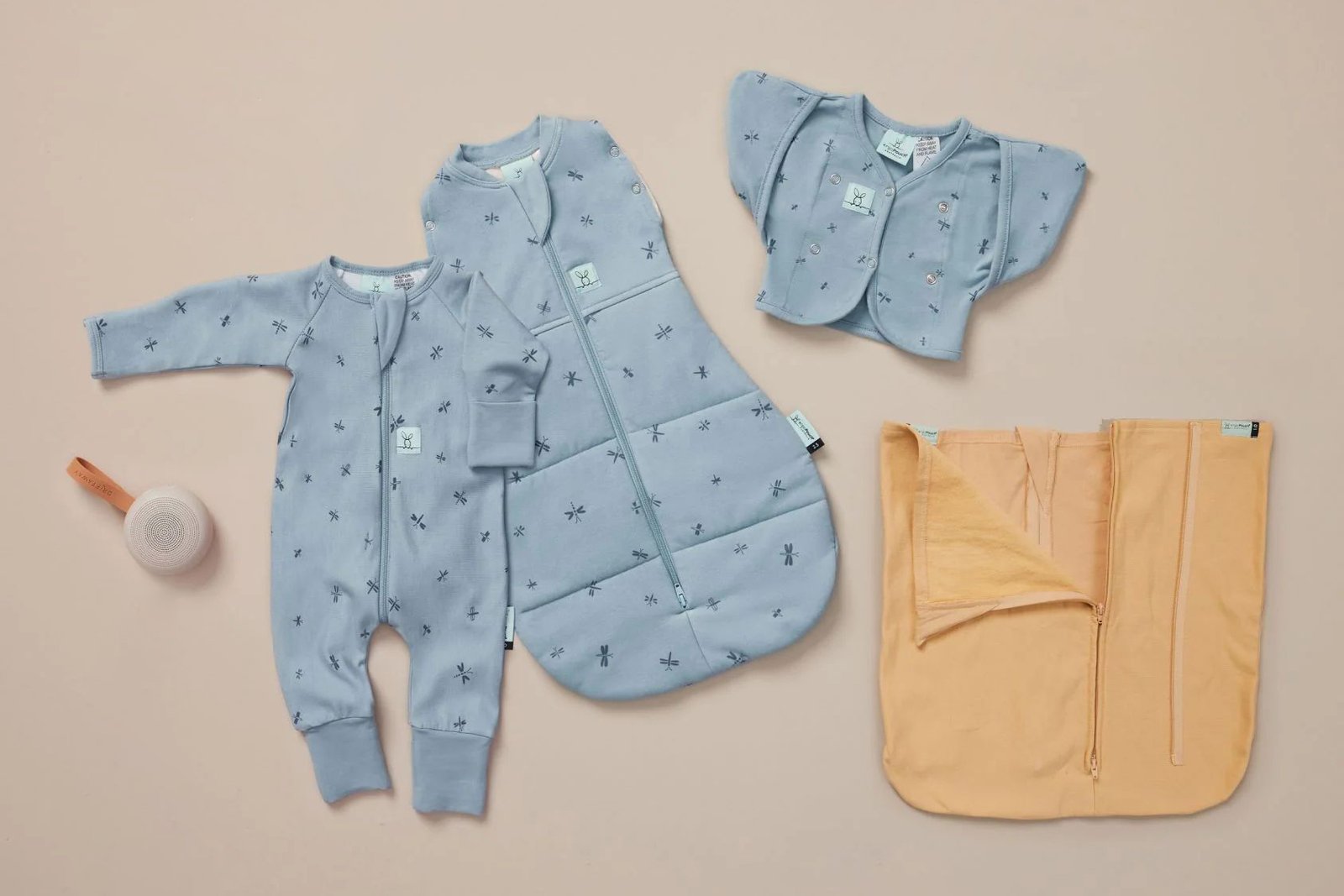
While blankets are cozy, they pose a potential suffocation hazard for babies, especially newborns. Babies can easily get tangled in loose blankets or accidentally pull them over their faces. This is where sleeping bags come in handy. They are designed to keep babies warm and secure without the risk of loose fabric.
Sleeping bags are also more practical for nighttime diaper changes, as they can be unzipped quickly without disturbing your baby's sleep. This is especially useful for parents who want to ensure their baby stays comfortable throughout the night. In contrast, blankets can shift during sleep, leaving your baby uncovered, which can make it harder to maintain a consistent sleeping environment.
Why Choose a Sleeping Bag?
One of the main advantages of sleeping bags over blankets is their ability to stay in place. This eliminates the risk of blankets being kicked off or pulled over the baby’s head, which can be dangerous. Additionally, sleeping bags come in various sizes and materials to suit different climates, ensuring your baby stays comfortable in any season.
What is the best age to unswaddle a baby?
Swaddling is great for newborns, but when should you stop? Let’s look at the best time to unswaddle your baby.
The best time to unswaddle a baby is when they begin to roll over, typically around 3-4 months. At this age, it’s safer to transition to a sleeping bag to avoid the risk of suffocation.

Most babies begin rolling over between 3-4 months of age, which is a signal that it’s time to stop swaddling. Swaddling can restrict a baby’s ability to move their arms and legs, which can be dangerous once they begin rolling. After this milestone, it’s important to transition your baby to a safer sleep option, such as a sleeping bag or wearable blanket.
At this point, the swaddle may no longer provide the same level of comfort or security for your baby. Switching to a sleep sack allows your baby to move freely while still staying warm and safe. Transitioning from swaddling can be a gradual process; some parents choose to use transitional swaddles that allow more arm movement, helping the baby adjust before fully switching to a sleeping bag.
Can I let my newborn sleep unswaddled?
Letting your newborn sleep unswaddled can be tempting, but is it safe? Here’s what you need to know.
It’s generally not recommended to let newborns sleep unswaddled, as they may feel insecure without the swaddle’s comforting sensation. Swaddling helps them sleep better and prevents sudden movements that could startle them awake.

Newborns are accustomed to the snug feeling of being in the womb, and swaddling helps recreate that environment. This sense of security can help them feel more comfortable and fall asleep faster. Swaddling also prevents the startle reflex, which is common in the first few months and can cause babies to wake up suddenly.
However, as your baby grows and reaches milestones like rolling over, it becomes necessary to transition to unswaddling. At that point, using a sleep sack is a safer and more practical alternative. Always ensure your baby’s sleep environment is free from loose bedding, and avoid letting them sleep unswaddled before they are ready.
Conclusion
Swaddles and sleeping bags both have their benefits, but the choice depends on your baby’s age and safety needs. Swaddles are ideal for newborns, while sleeping bags are better for older babies. Both options ensure safe sleep and comfort.

